The 40-year-old “Videodrome” is an enduring classic that explores the debate about whether violence in the media causes violence in society.

David Cronenberg’s 1983 body horror cult classic, Videodrome, is a thought-provoking film that explores the timeless debate about violence in the media and its effects on society.
James Woods plays Max Renn, president of a Canadian cable access TV station specializing in controversial programs. He stumbles across Videodrome, a mysterious TV station that offers the extreme violence and sex that Renn is looking for – Videodrome programs look like snuff films. Through Videodrome, Max’s reality is altered.
Videodrome was distributed by Universal Pictures and was the first Cronenberg film to receive backing from a major Hollywood studio. Considered a box office bomb, the film earned $2.1 million against a $5.9 million budget. However, critics praised the performances, especially Woods and Debbie Harry, who plays radio talk show host, Nikki, who also becomes obsessed with Videodrome.
Cronenberg’s direction and special makeup effects were also praised.
After its release, Videodrome won several awards. It tied with Bloodbath at the House of Death for Best Science-Fiction Film at the 1984 Brussels International Festival of Fantasy film. Mark Irwin won a CSC (Canadian Society of Cinematographers) Award for Best Cinematography in a Theatrical Feature. Videodrome was nominated for eight Genie Awards, with Cronenberg tying with Bob Clark’s A Christmas Story for Best Achievement in Direction.
Toronto International Film Festival named Videodrome the 89th most essential film in history. And Andy Warhol described Videodrome as the “1980’s answer to A Clockwork Orange.”
Cronenberg’s story can be interpreted as a satire that explores the belief that violence and sex on television and in film can warp someone’s mind.
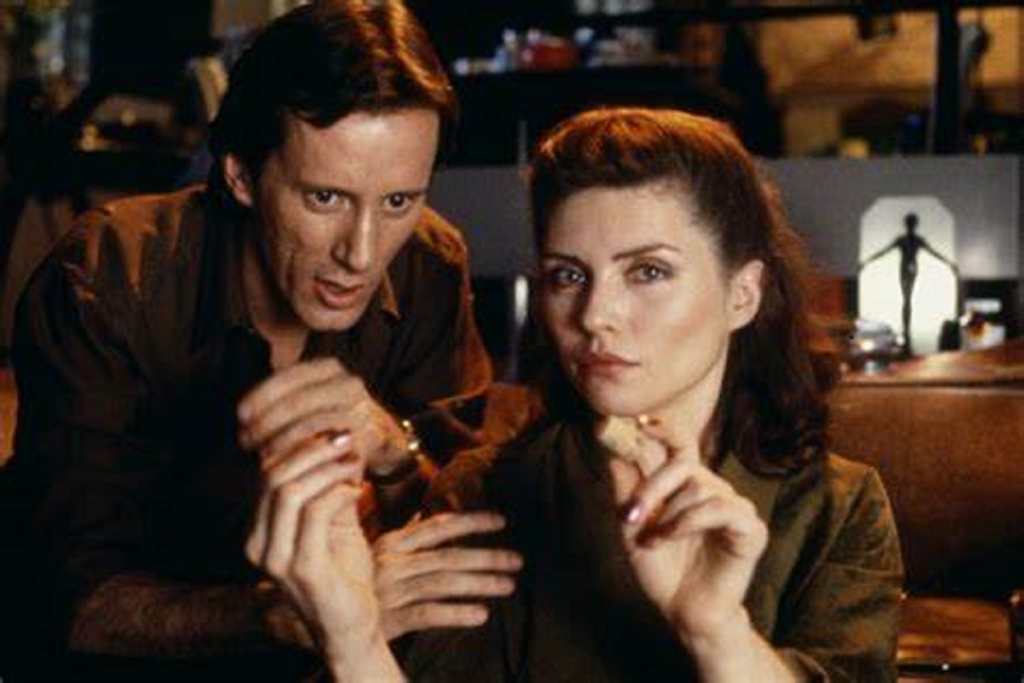
In the 1986 documentary Long Live the New Flesh, Cronenberg said, “If violent imagery really did provoke violence, then everyone would be violent because we’re constantly bombarded by violent imagery at one time or another.”
Cronenberg takes us through the looking glass into an altered reality, brought to life by renowned special effects artist Rick Baker.
At the time he began working on the story for Videodrome, Cronenberg had success with 1981’s Scanners. Uninterested in working on a Scanners sequel, Cronenberg began working on Videodrome. He wrote the story, which originated from a fear he had when he was a child in Canada. After Canadian TV stations when off the air late at night, his TV picked up signals from Buffalo, New York. He worried that the airwaves would pick up something disturbing.
He took that memory along with another idea to write the story.
Cronenberg stated:
“With VIDEODROME, I wanted to posit the possibility that a man exposed to violent imagery would begin to hallucinate. I wanted to see what it would be like, in fact, if what the censors were saying would happen did happen. What would it feel like?”
Videodrome was one of two ideas that Cronenberg pitched to producer Pierre David (the other film was never made). Cronenberg was certain that Videodrome’s script would be rejected due to its graphic content. However, producer Claude Heroux joked that it would “receive a triple X rating.”
As Cronenberg was set to work on Videodrome, he received an offer to direct a film for a major franchise.
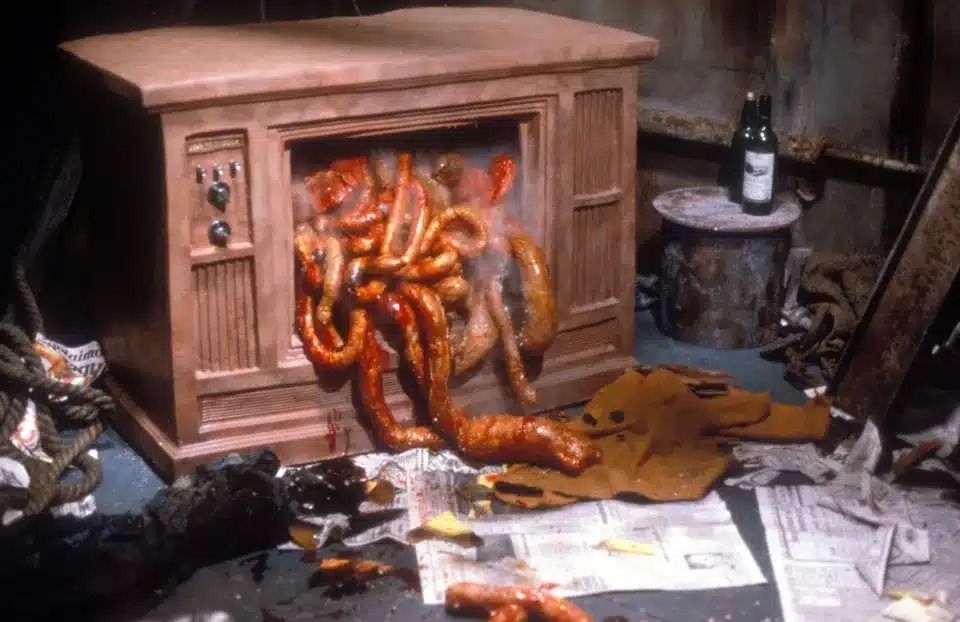
George Lucas had heard of Cronenberg due to the recent box office success of Scanners and offered Cronenberg the opportunity to direct Return of the Jedi.
However, Cronenberg turned it down since he was already set to direct Videodrome. He also didn’t want to work on a film he didn’t write.
Videodrome was shot in late fall in Toronto in 1981. At the time, Canadian film projects had rigid schedules with solid cut-off dates. Funds had to be spent during the calendar year, and it was October by the time shooting was ready to begin. Cronenberg had to start shooting without a finished script.
During production, some of the cast contributed to Cronenberg’s story. In the film, Videodrome is the brain-child of the aptly named Brian O’Blivion, played by Marshall McLuhan. Cronenberg based the character on one of his professors at the University of Toronto. McLuhan taught media studies and, in turn, made his own contribution to the ideas presented in the story.
The ending used in the film was reportedly James Woods’ idea.
Cronenberg’s ending would have revealed that Bianca, O’Blivion’s daughter (Sonja Smits), and Nikki had chest slits. However, it was never shot for many reasons. The budget didn’t allow them to shoot the scene. The special effects required for the scene were too complicated, and Harry and Woods weren’t available to shoot the scene.
In the finished film, Woods’ ending, where Max shoots himself, was used.
Videodrome includes elaborate effects which create memorable scenes like a twisted dream — or nightmare.
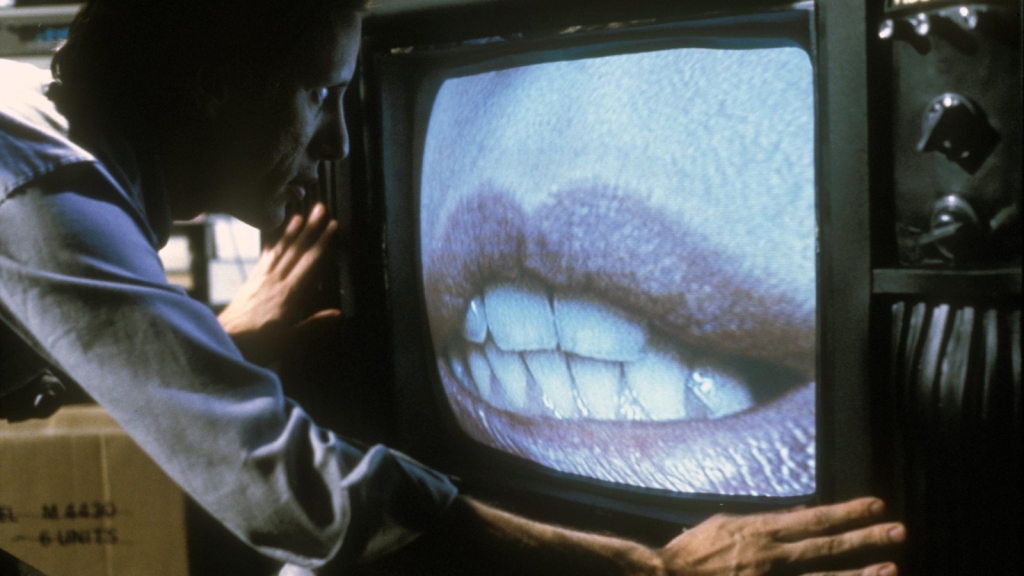
Special effects makeup artist Rick Baker was brought on board to create the disturbing wonderland of the film.
Baker brought a crew of young technicians who worked with him on the horror classic, An American Werewolf in London. Already familiar with Cronenberg’s work, Baker was impressed by Cronenberg’s story for Videodrome, calling it “creative” and “twisted.”
Baker said that he has fond memories of working on Videodrome.
He said it was unique because it required him to do makeup effects on a television. In one scene, Max caresses an image of Nikki on his television screen. A close-up of Nikki’s lips is visible as the screen begins to stretch out, with her lips entering Max’s reality. Baker used a video projector and a sheet of a rubbery dental dam to create the effect of a stretching screen. He first used a weather balloon which wasn’t flexible enough to achieve the effect.
Betamax instead of VHS video tapes were used to insert in James Wood’s stomach prop VHS tapes were too small.
Speaking of the film’s special effects, Woods disliked working with the special effects. After having to film scenes with a chest slit glued onto him, he said he wouldn’t want to do another film requiring heavy special effects.
Released 40 years ago, Videodrome is an unforgettable film that can be interpreted in many ways. Cronenberg’s masterful direction and storytelling, compelling performances, and Baker’s effects combined create a thought-provoking film.


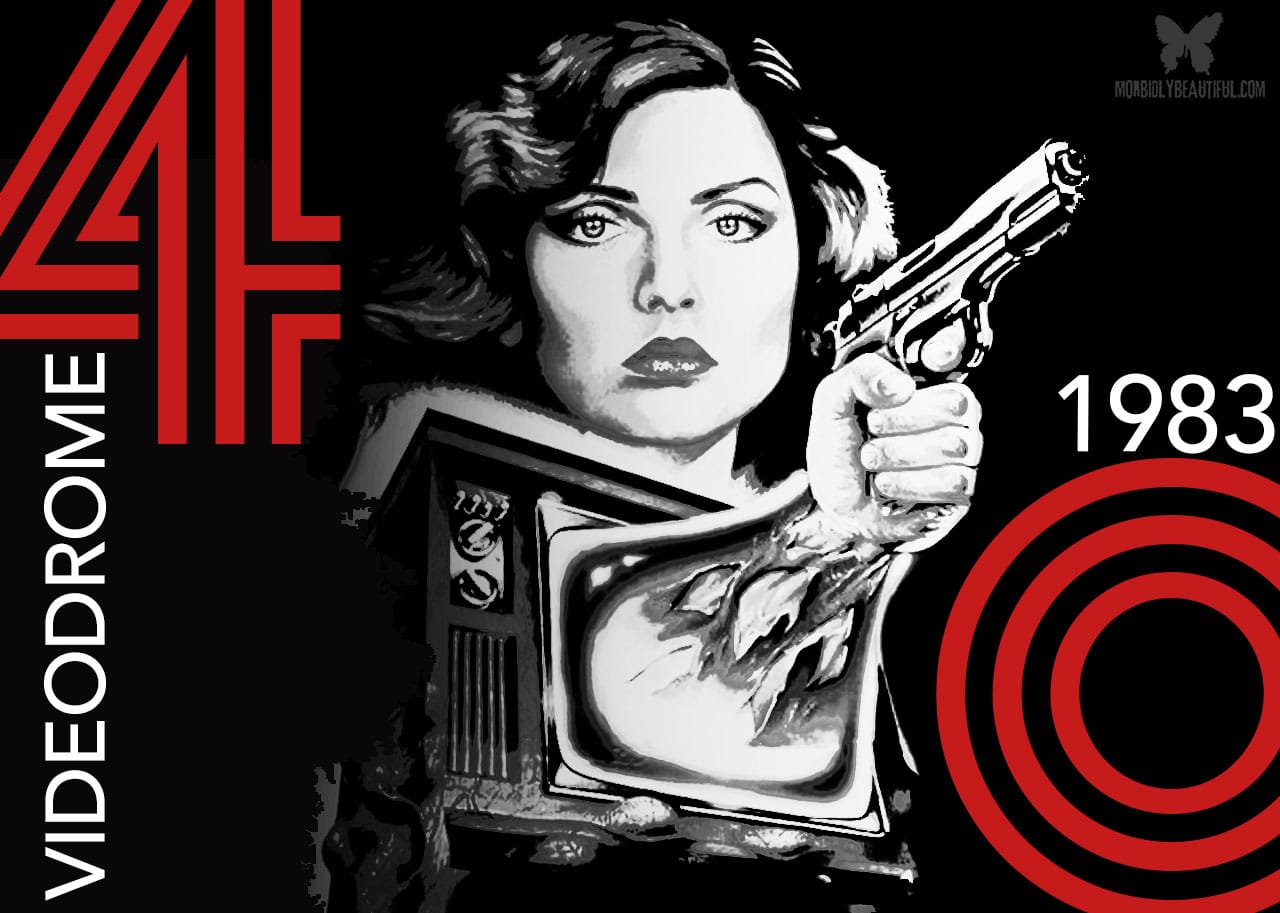
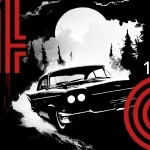
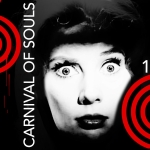
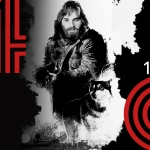






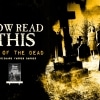


Follow Us!